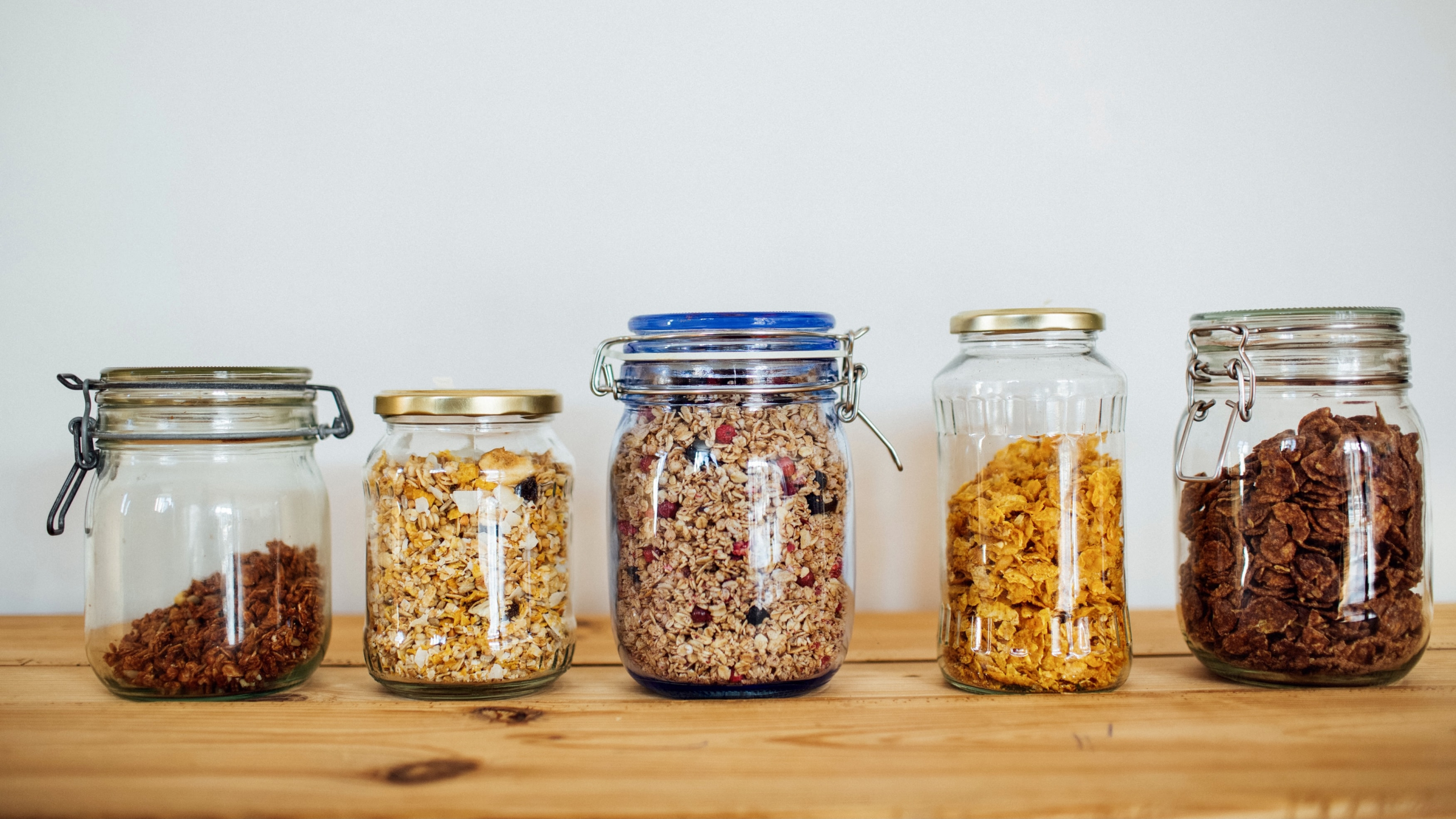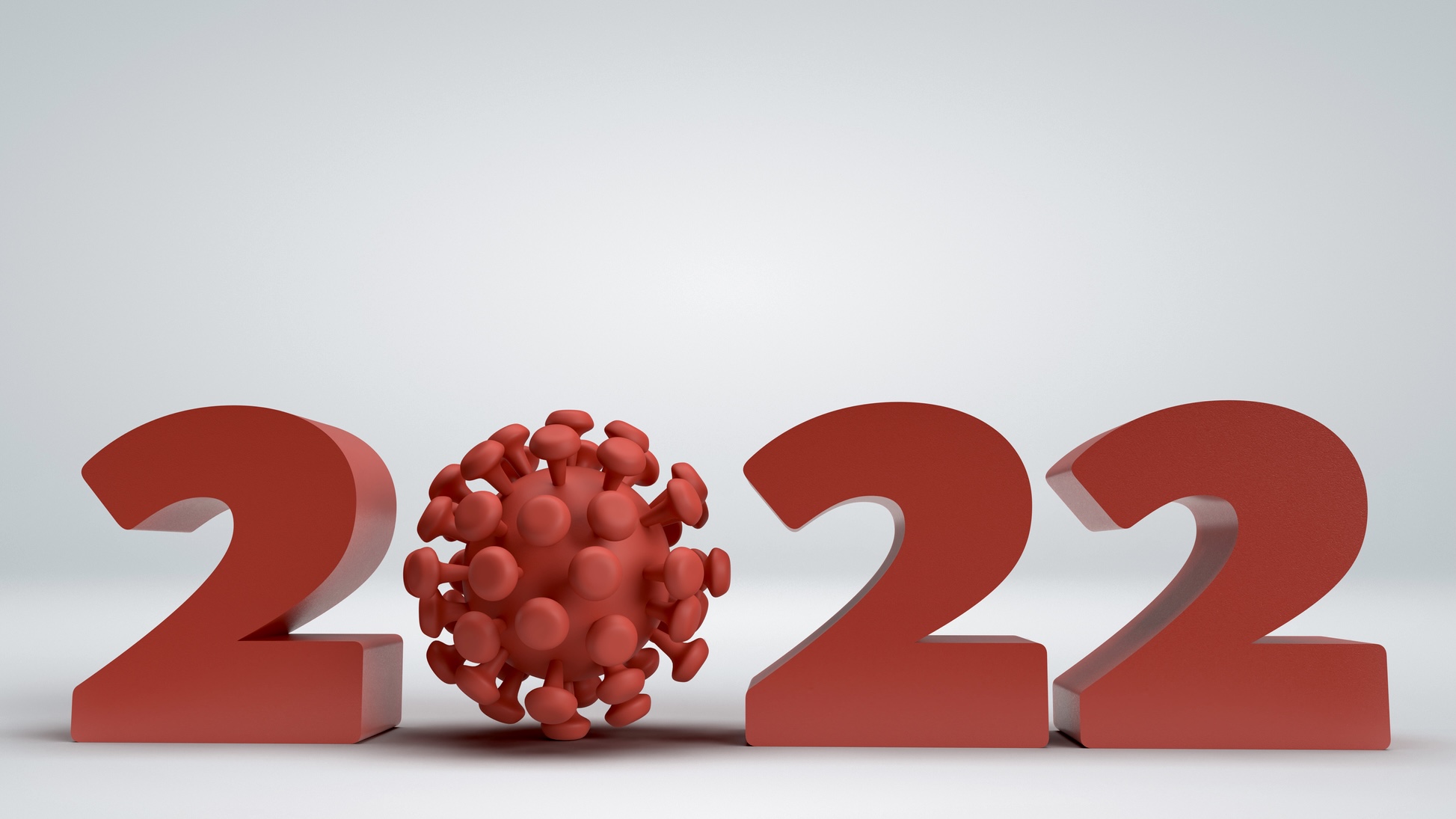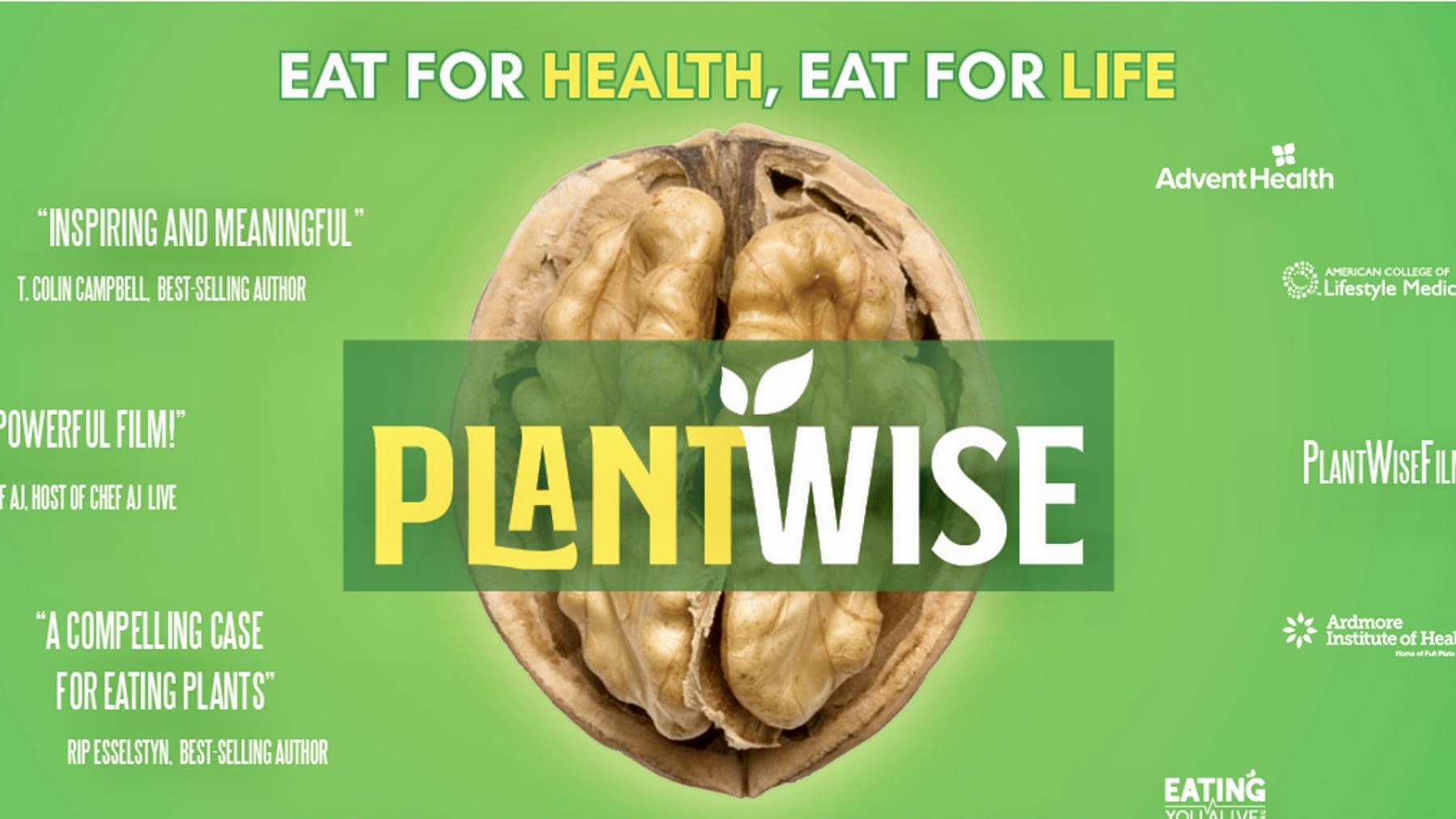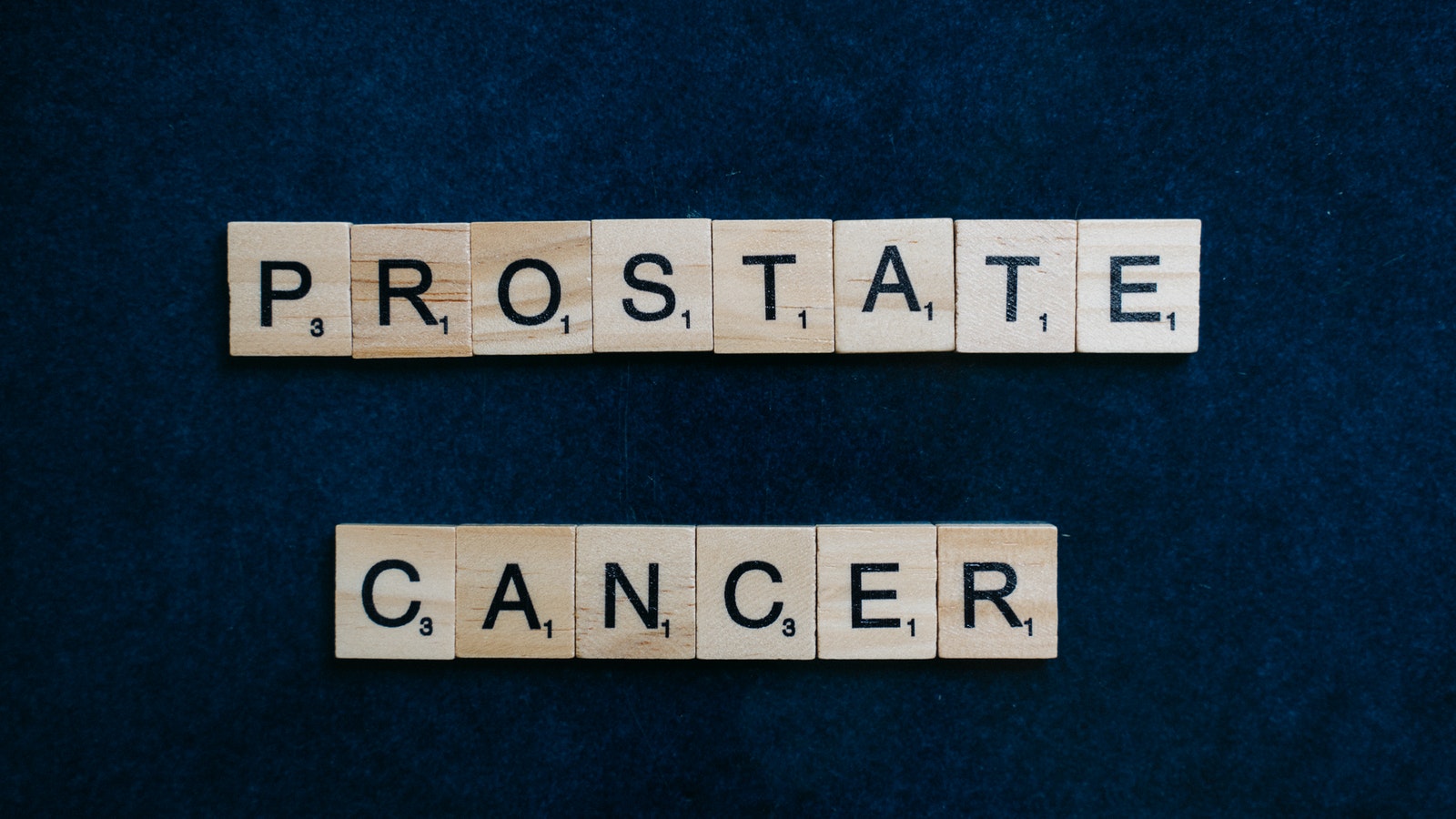How would you like to bring your appetite under control? Complex food structure is key.[1] Accordingly, Kellogg’s Cornflakes and Rice Krispies spike blood sugar significantly more than rice or corn-on-the-cob.[2] How much more? The glycemic index (GI) of sweet corn is just under 50, while the cornflakes are just under 80. That’s a 30-point difference. That’s huge! Similarly, the glycemia index of cooked brown rice is around 50, while the GI of Kellogg’s Rice Krispies is right at 95, a 45-point spread. It’s not just the added sugar.[3] Food structure makes a major difference. For example, compare the absorption of fat from peanuts, either peanuts eaten whole, or the same number of peanuts ground into peanut butter. Nearly 18% of the fat in whole peanuts is not absorbed and goes out into the stool. However, only 7% of the peanut oil in peanut butter is excreted.[4] Thus, we flush more than twice the amount of fat down the toilet when eating peanuts themselves. What does all this have to do with improving appetite control? We’ll see soon.
Does the physical structure of food affect carbohydrate absorption? Yes. Absolutely. Rolled oats have a considerably lower ability to raise blood sugar (glycemic index) than instant oatmeal – same oats, but more highly processed for faster cooking. The quick oats have smaller flakes. As a result, the glycemic index (GI) of instant oats is 79. Whereas the GI of rolled oats is 55, nearly 25 points lower![5] Similarly, oat flour, even more highly refined, pushed up blood sugar and insulin significantly more than quick oats.[6] Again, how does this tie in with appetite control? Let’s take a look at this fascinating relationship.
It turns out, when fats and/or carbohydrates are absorbed too quickly, we eat more later on. For example, twelve obese teenage boys were fed a meal of steel-cut oats (low-glycemic), then, a meal of instant oatmeal (high-glycemic). These young people ate 53% more calories after eating the high-GI instant oatmeal than after the low-GI steel-cut oats.[7] High-glycemic foods make you hungrier. You’re driven to eat more at the next meal. If fact, after eating the instant oatmeal, the boys started snacking within one hour after that meal! Furthermore, those who ate the low-GI steel-cut oats took in less than half the calories during a five-hour period after the meal of oats.[8]
Clearly, high glycemic foods drive up hunger pangs. Are quick oats the worst offender? No. Kellogg’s Cornflakes has a glycemic index (GI) as high as 132. Even Nabisco Shredded Wheat has a GI of 83. Rice Krispies are at 82.[9] These high numbers result from newer sophisticated food processing methods, such as extrusion cooking, explosion puffing, and instantization.[10] White bread also spikes the blood sugar. As a result, after the spike in blood sugar, there is a subsequent jump in insulin, so much so, the blood sugar plummets below baseline.[11] This sets off hunger pangs! So, high glycemic foods feed hunger and push the appetite to be out of control. In fact, just infusing insulin, which drops blood sugar, spikes the desire to eat, and high-calorie foods, in particular.[12],[13] Therefore, low glycemic foods help one to feel fuller longer, they are significantly more satisfying, maximizing satiety.[14]
Is there another real-world example to illustrate the above? Most definitely. Thirty-six subjects were fed either quick oats, frosted corn flakes, or water. Then, researchers measured how much each participant ate for lunch three hours later. Significantly, those who ate the oatmeal felt more full and less hungry three hours later, and ate over 400 calories less at the next meal.[15] Amazingly, those who had the frosted flake breakfast ate more calories at lunch than did those who had the water only breakfast. They were hungrier at lunch than those who fasted for breakfast! Therefore, high glycemic foods are not satisfying.[16] They promote overeating. Honey Nut Cherries do the same thing. Compared to eating oatmeal, Honey Nut Cherries brought decreased sensation of stomach fullness, reduced satisfaction, and made the subjects hungrier. Interestingly, Quaker Oatmeal Squares had the same negative effects on appetite.[17]
Why are some foods high glycemic? They are highly processed and have significantly less intact fiber, intact starch, and complex structure. These are all important for slowing the digestion and absorption of fats, carbohydrates, and sugars, thus, blunting the blood sugar and insulin rise after meals, keeping satiety high and appetite under better control.[18] Thus, processing out important nutrients from the foods results in reduced appetite control. Therefore, if you want better control of appetite, eat food just as it comes from the hand of the Creator, with nothing added (oil, flour, sugar, and salt) and nothing taken away (fiber, complex structure, protein, phytochemicals).
If you want to know which whole plant foods raise blood sugar the least, curbing appetite the most, visit drnewstart.com, select the “Handouts” tab, then, choose the handout “Reversing Diabetes”. The foods listed all have glycemic indices of 40 or less on a 100 scale, much lower than all the options discussed above, including the “healthier” options, like Quaker oats and steel-cut oats.
To find out if you have any future risk for diabetes or have heart disease-promoting and cancer-promoting insulin resistance, call the Rocky Mountain Lifestyle Center at (303) 282-3676 to find out which blood tests will give you these answers. Our physician would be happy to discuss these labs, or others your doctor has ordered, with you from the perspective of preventing problems well before they crop up.
[1] Food Funct. 2016 Mar;7(3):1245-50.
[2] Am J Clin Nutr. 1985 Dec;42(6):1192-6.
[3] Ibid
[4] N Engl J Med. 1980 Oct 16;303(16):917-8.
[5] Diabetes Care. 2008 Dec;31(12):2281-3.
[6] Am J Physiol Gastrointest Liver Physiol. 2017;313(3):G239-G246.
[7] Pediatrics. 1999;103(3):E26.
[8] Ibid
[9] Diabetes Care. 2008 Dec;31(12):2281-3.
[10] Ibid
[11] Eur J Clin Nutr. 1991;45(10):489-499.
[12] Neurosci Biobehav Rev. 1996;20(1):133-137.
[13] J Clin Invest. 2011;121(10):4161-4169.
[14] Appetite. 2007;49(3):535-553.
[15] Ann Nutr Metab. 2015;66(2-3):93-103.
[16] Ibid
[17] J Am Coll Nutr. 2013;32(4):272-279.
[18] Ibid










